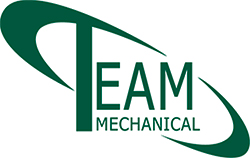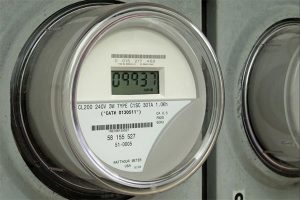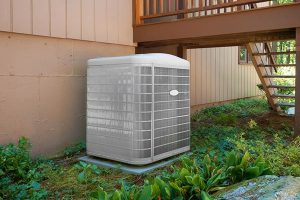“Like central systems, mini splits have two main components: an outdoor compressor/condenser, and an indoor air-handling unit. A conduit, which houses the power cable, refrigerant tubing, suction tubing, and a condensate drain, links the outdoor and indoor units.
Advantages
The main advantages of mini splits are their small size and flexibility for zoning or heating and cooling individual rooms. Many models can have as many as four indoor air handling units (for four zones or rooms) connected to one outdoor unit. The number depends on how much heating or cooling is required for the building or each zone (which in turn is affected by how well the building is insulated). Each of the zones will have its own thermostat, so you only need to condition that space when it is occupied, saving energy and money.
Ductless mini split systems are also often easier to install than other types of space conditioning systems. For example, the hook-up between the outdoor and indoor units generally requires only a three-inch (~8 centimeter [cm]) hole through a wall for the conduit. Also, most manufacturers of this type of system can provide a variety of lengths of connecting conduits.”
Read more about mini split ac’s here.
In the article, it’s mentioned that central air conditioners that rely on ductwork can lose up to 30% of energy consumption by design. Furthermore, the location of the indoor unit of a mini-split has a lot of flexibility as far as room placement is concerned. Although mini-splits will cost more for installation, their savings in energy usage will make it a worthwhile investment in the long run.
If you’re considering having a central air conditioner unit installed vs a mini-split system, call Team Mechanical at 612-729-5646 to discuss your options. We’ll evaluate your home or business and advise on the best solution based on your needs and budget.





